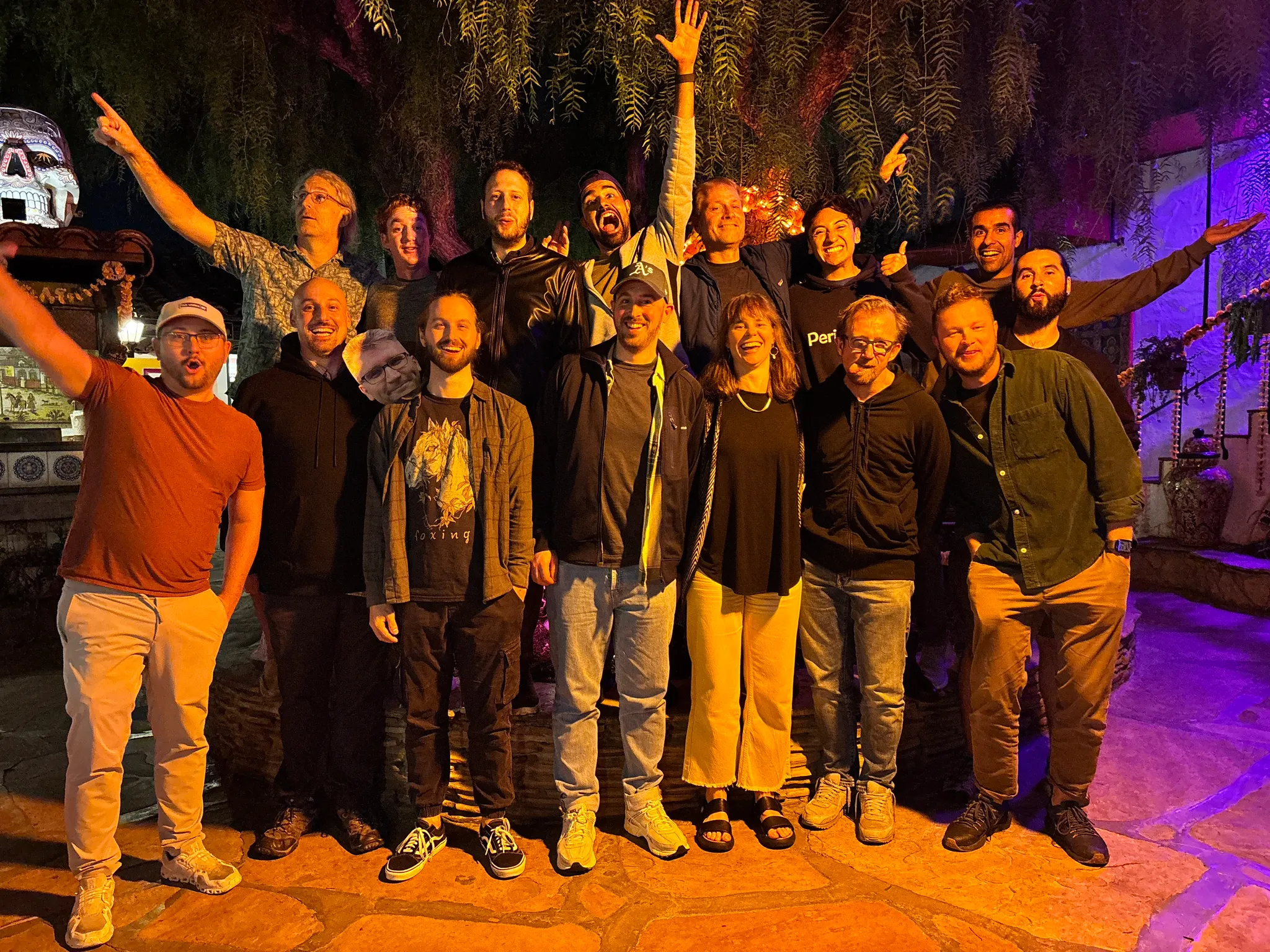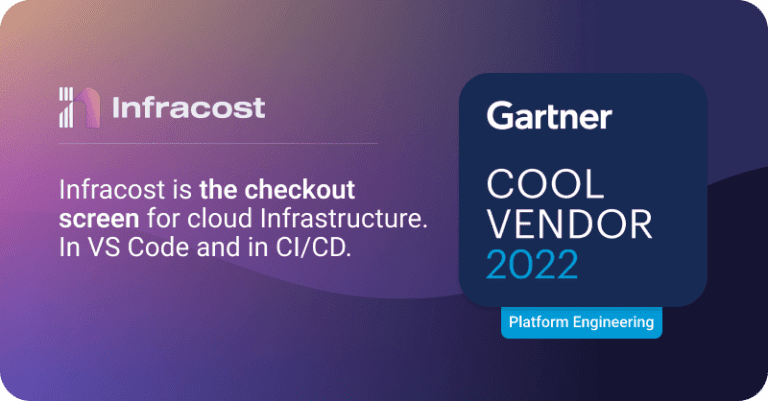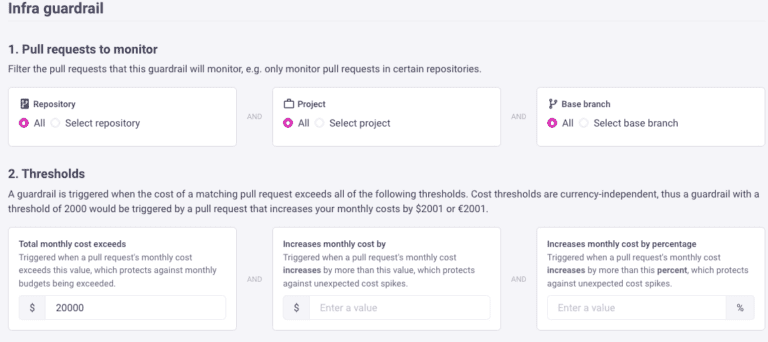The next chapter in Shifting FinOps Left: Infracost has raised a $15 Million Series A
Cloud spending is on its way to becoming a trillion-dollar market, and the biggest driver behind that growth isn’t AI spend or massive migrations—it’s engineers. Every day, more developers get direct access to the cloud resources they need to build, test, and ship faster. That freedom is great for innovation, but it also means we have to take a new approach to managing cloud costs, where purchasing decisions are made by engineers on a daily basis.
That’s exactly the problem we started Infracost to solve.
Today I’m very excited to share that we’ve raised a $15 million Series A, led by Pruven Capital with participation from Y Combinator, Sequoia Capital, Mango Capital, Alumni Ventures, TIAA Ventures (a strategic investment from TIAA’s venture arm), and angel investors Paul Copplestone (co-founder of Supabase) and Timothy Chen (Essence VC). Sudip Chakrabarti has joined the Infracost board.
What is Infracost
One of the biggest issues with Cloud Cost Management and FinOps is that the analysis starts from the bills. We wait for resources to be launched into the cloud, incur costs, then analyze and look back at how to optimize them.
However, by definition, if we start from the bill, that means the engineers who launched those resources are already done and have moved on to the next sprint.
Infracost is a product that sits in your code repository (GitHub, GitLab, Azure DevOps), and when an engineer makes an Infrastructure-as-Code change, it calculates the cost impact of the change, as well as how it can be optimized — before the code has been merged. We coined the term “Shift FinOps Left” to capture this missing piece.
There are two significant value propositions of shifting FinOps left:
- Cost avoidance: When you show engineers the cost impact of their code change, they take action to reduce it before any money has been spent. This also builds the FinOps muscle within the engineering organization. For example, when AWS charges extended support fees for old versions of RDS, EKS, etc., let’s tell the engineers about these “taxes” so we can avoid them.
- Time saving / tech debt reduction: When you catch FinOps issues before the code is merged, it takes a minute to fix versus days of work after deployment. For example, an old instance type is being added in a pull request and Infracost warns the engineer, it’s a one-line change to fix it. Post-deploy, though, they need to schedule downtime, send a pull request, wait for a code review, and redeploy the change.
Engineers are being asked to innovate and ship faster, and as part of that, Platform Engineering teams have been created to enable the decentralization of infrastructure. Now any engineer can launch the cloud resources they need, when they need them. As this accelerates, it becomes critically important that cloud costs are brought directly into the engineering workflow — so engineers can make cost-aware decisions as they write their code, or as code is generated by AI.
Where we are today
More than 3,500 companies, including 10 percent of the Fortune 500, now use Infracost. Across AWS, Azure, and Google Cloud, we’re tracking over 4 million prices so teams can spot overspend early and optimize their code before it reaches production.
“Infracost is the cloud checkout screen we’ve never had before,” says Sudip Chakrabarti, Partner at Pruven Capital. “It meets developers where they already work and shows, in real time, how every code change impacts cloud costs — while suggesting optimizations that prevent overspend before it happens.”
What’s next
Our focus has always been action, not just visibility. Traditional FinOps tools tell you what happened after the bill arrives; we want to help engineers fix issues while they’re coding. We’re doubling down on this effort.
That’s why we recently launched three features that accelerate this change:
- Issue Explorer: The first thing Infracost now does after being connected to GitHub, GitLab, or Azure DevOps is scan the current IaC and show exactly where optimizations can be made right now.
- AutoFix: An AI-powered feature that automatically opens pull requests to correct the underlying Infrastructure-as-Code changes with optimizations.
- Campaigns: An automated workflow engine that aligns FinOps efforts and executive strategy with the work of engineers. For example, in Q4, our focus is on migrating to Graviton instance types.
Thank you
I want to say a massive thank you to our users and customers for joining us on this journey. One of our main company values is Ustomer, not customer — it’s all about seeing us and the customer as one. As any of our customers will attest, we live this every day. I can’t wait for the day we invite you to our conference as VIPs!
A big thank you to all team members who have put in the work to build such an incredible product, live our culture, and make work fun. I’m also grateful to our investors, who have been incredible partners.
There are some big product announcements coming soon. Follow me on LinkedIn, where I’m sharing all my learnings publicly — or better yet, join the team and lead the FinOps revolution with us! We’re hiring across all roles.
Learn more
If you’re curious about how Infracost works, sign up for a free trial. Ping me or email hello@infracost.io if you’d like a demo for your organization.
Here’s to Shifting FinOps Left, together. 💜 Cheers.







